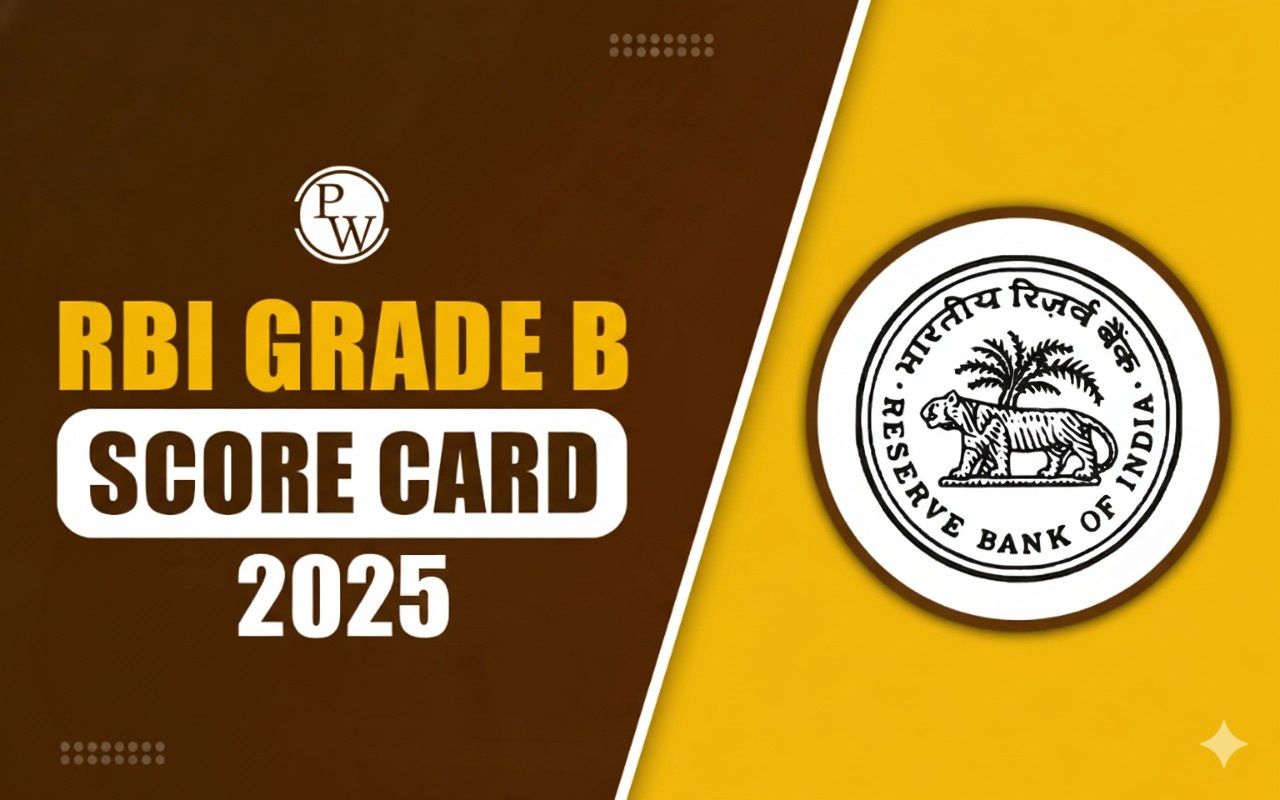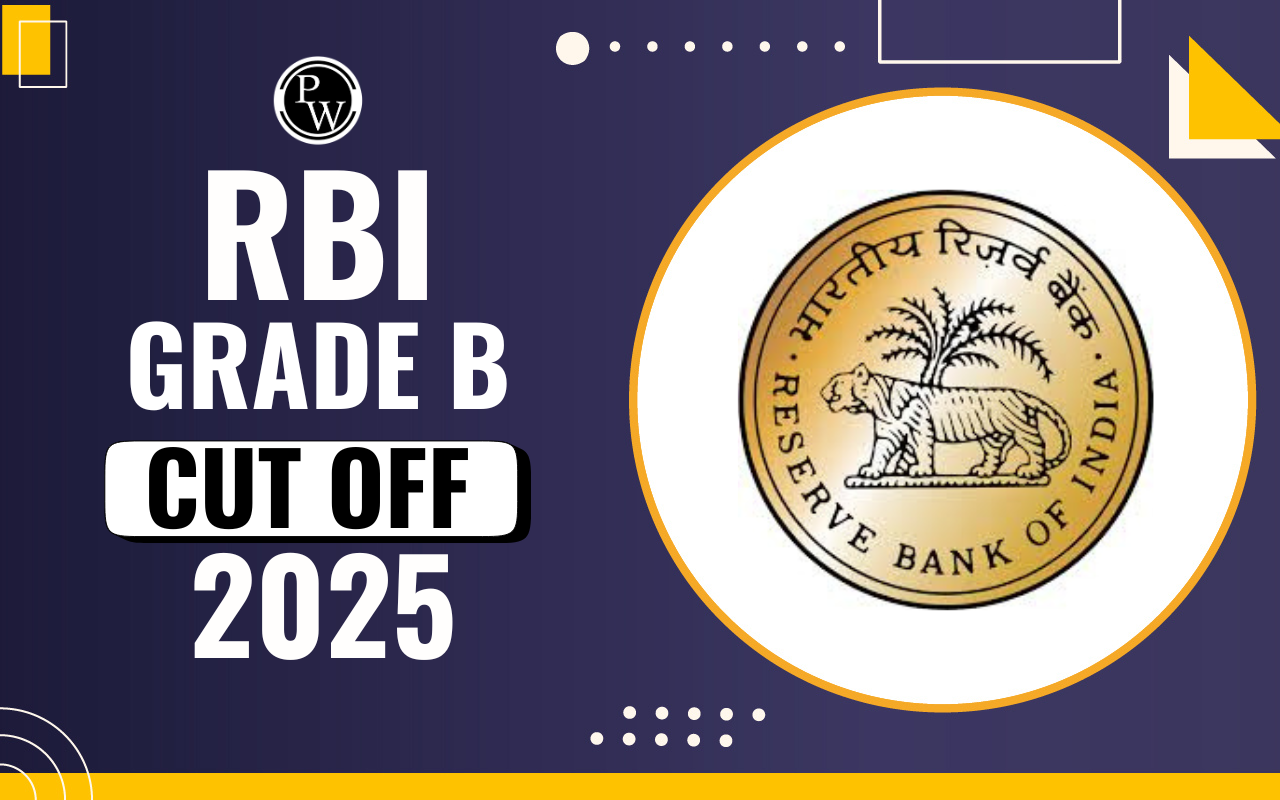

Banking Regulation Act
The Banking Regulation Act of 1949 in India was instituted with the primary purpose of overseeing all banks in the country. It is a comprehensive legislation that serves as the singular authority governing all commercial banks. Enacted in 1949 and subsequently amended in 1965, this act applies to various sectors within banking, ensuring regulatory control over their operations. Notably, it extends to all Indian state banks, including those in Jammu and Kashmir. For detailed insights into this act, the following information sheds light on its key provisions and their implications, offering clarity on its role.
Banking Regulation Act 1949 Overview
The Banking Regulation Act of 1949 holds a pivotal position among India's legislative authorities. It functions as a unified entity overseeing both cooperative and commercial banks across all states, including Jammu and Kashmir. Originally empowered under the Companies Act, the banking act came into force in 1949, bringing about significant changes. With approximately 58 sections, it encompasses various features, amendments, objectives, and provisions.
Banking Regulation Act Purpose and Features
The fundamental objective of the Banking Regulation Act is to regulate cooperative and commercial banks operating in India. It empowers the Reserve Bank of India (RBI) to supervise authorized banks, control capital gains, and enforce regulations regarding shareholding. Additionally, the act grants the RBI authority over the appointment of panels, bodies, and administrative members of banks. With 58 crucial sections, each contributing to the overall regulatory framework, this act plays a pivotal role in shaping the functioning of banks in India.
Banking Sector in 1949 Status
To understand the backdrop against which the Banking Regulation Act was enacted, a glance at the banking sector's status in 1949 is essential:
- Companies Act Applicability: Before 1949, the Companies Act was applicable to all banking operations.
- Liquidity Challenges: Many banks faced liquidity challenges, contributing to the sector's poor health.
- Complex Conditions: The banking sector encountered complexity, marked by the rapid development and closure of numerous banks.
Banking Regulation Act 1949 Objectives
The Banking Regulation Act of 1949 is driven by specific objectives, including:
- Risk Mitigation: Restricting trading business to eliminate risks in the non-banking sector.
- Depository Protection: Safeguarding and protecting the interests of depositors.
- Institutional Soundness: Encouraging sound operations of multifarious banking institutions.
- Credit System Adjustment: Regulating the credit system and monetary funds to align with national priorities.
Banking Regulation Act 1949 Main Sections
The act comprises 58 sections, with notable sections such as:
- Section 20A: Defines regulations and rules regarding the power and administration to pardon debts.
- Section 21: Outlines the authority of the Reserve Bank of India to regulate advances by banking corporations.
- Section 21A: Addresses the assessment of the Rate of Interest (RoI) by banking institutions.
Through ongoing reforms in the financial sector and leveraging innovative technology, India's financial markets have experienced substantial fortification. The Union Budget 2023-24 aims to bolster the financial sector further. Presenting the budget in Parliament, Union Minister for Finance and Corporate Affairs, Smt Nirmala Sitharaman, articulated, “Our vision for the Amrit Kaal includes a technology-driven and knowledge-based economy with strong public finances and a robust financial sector.”
Banking Regulation Act 1949 Amendments
Enhancing Governance and Investor Protection in the Banking Sector
To augment bank governance and heighten investor protection, proposed amendments to the Banking Regulation Act, the Banking Companies Act, and the Reserve Bank of India Act are on the horizon, as stated by the Finance Minister.
Establishment of Central Data Processing Centre
A Central Processing Centre is slated for establishment to expedite responses to companies by centrally managing various forms filed with field offices under the Companies Act, according to the Finance Minister.
Reclaiming of Shares and Dividends
For the facile reclamation of unclaimed shares and unpaid dividends from the Investor Education and Protection Fund Authority, the proposal includes the establishment of an integrated IT portal, as outlined by the Finance Minister.
Digital Payments
The widespread acceptance of digital payments across various economic sectors and societal segments continues. Sharing data for the past year, the Finance Minister noted, “In 2022, they exhibited a surge of 76 per cent in transactions and 91 per cent in value. Fiscal support for this digital public infrastructure will persist in 2023-24.”
Azadi Ka Amrit Mahotsav Mahila Samman Bachat Patra
Economic empowerment of women is a central theme in the budget. Commemorating Azadi Ka Amrit Mahotsav, the Finance Minister announced the introduction of a one-time new small savings scheme, the Mahila Samman Savings Certificate. This scheme will be available for a two-year period up to March 2025, offering deposit facilities up to Rs. 2 lakh in the name of women or girls for a tenor of 2 years at a fixed interest rate of 7.5 per cent, with a partial withdrawal option.
Empowerment of Senior Citizens
In a move to empower senior citizens, the Finance Minister stated, “The maximum deposit limit for the Senior Citizen Savings Scheme will be increased from Rs. 15 lakh to Rs. 30 lakh. Furthermore, the maximum deposit limit for the Monthly Income Account Scheme will be raised from Rs. 4.5 lakh to Rs. 9 lakh for a single account and from Rs. 9 lakh to Rs. 15 lakh for a joint account.”
Data Embassy
For nations seeking digital continuity solutions, the facilitation of setting up their Data Embassies in GIFT IFSC is envisioned.
Capacity Building in the Securities Market
To augment the capabilities of functionaries and professionals in the securities market, the budget proposes empowering SEBI to develop, regulate, maintain, and enforce norms and standards for education in the National Institute of Securities Markets. SEBI will further be empowered to recognize awards of degrees, diplomas, and certificates.
The Banking Regulation Act of 1949 serves as a regulatory framework for India's banking sector. Its establishment aimed to control the operations of commercial and cooperative banks, ensuring compliance and sound functioning. Understanding its objectives, features, and key sections is crucial for a comprehensive view of its impact on the Indian banking landscape. Maidavolu Narasimham played a pivotal role in establishing the first bank under this act. For a detailed understanding, the provided information offers valuable insights, aiding in the resolution of any lingering doubts.
What is the purpose of the Banking Regulation Act 1949?
What is Banking Regulation Act 1949 banking awareness?
What is the latest Banking Regulation Act?
What is the scope of Banking Regulation Act?
How did the Banking Act change the banking industry?












